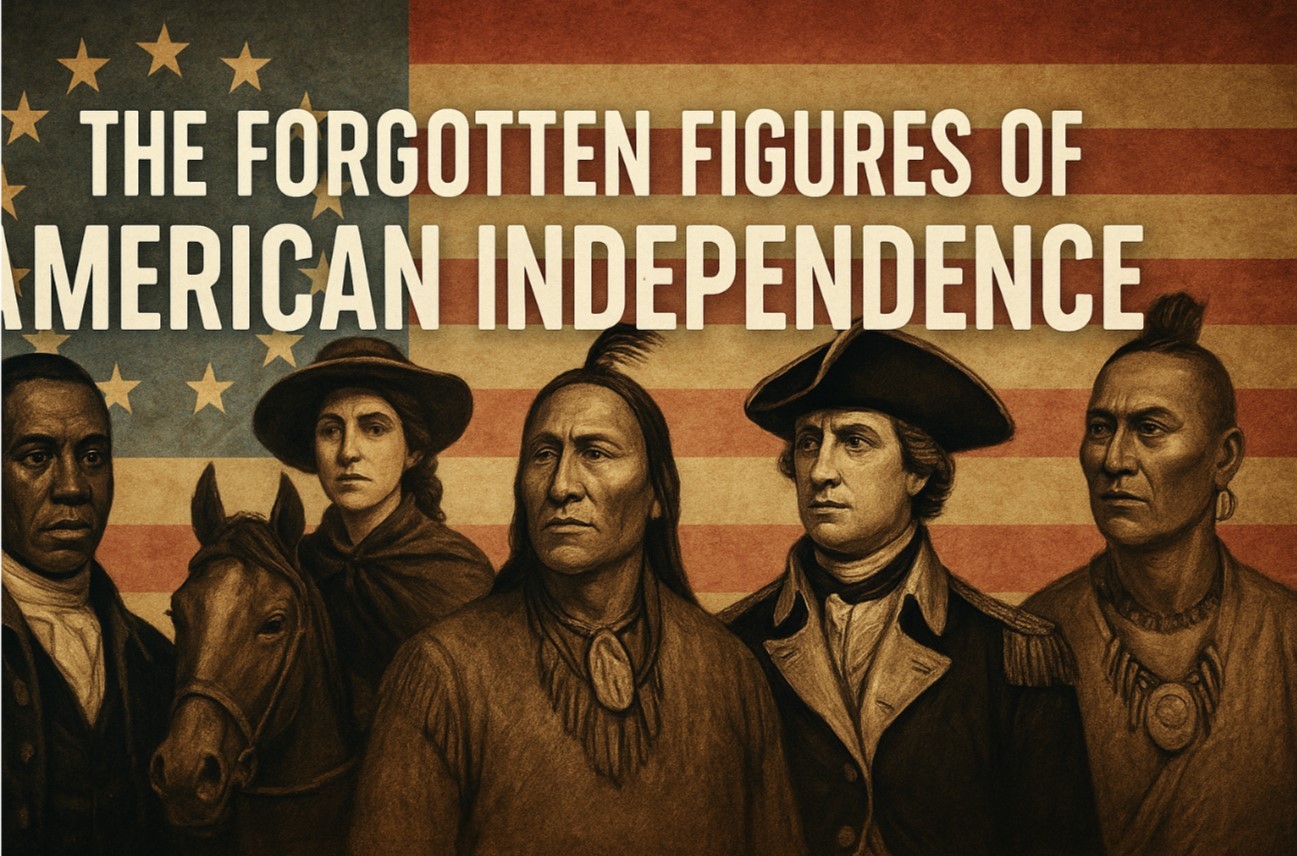USA Independence Day (July 4): Timeline, Q & A and Facts
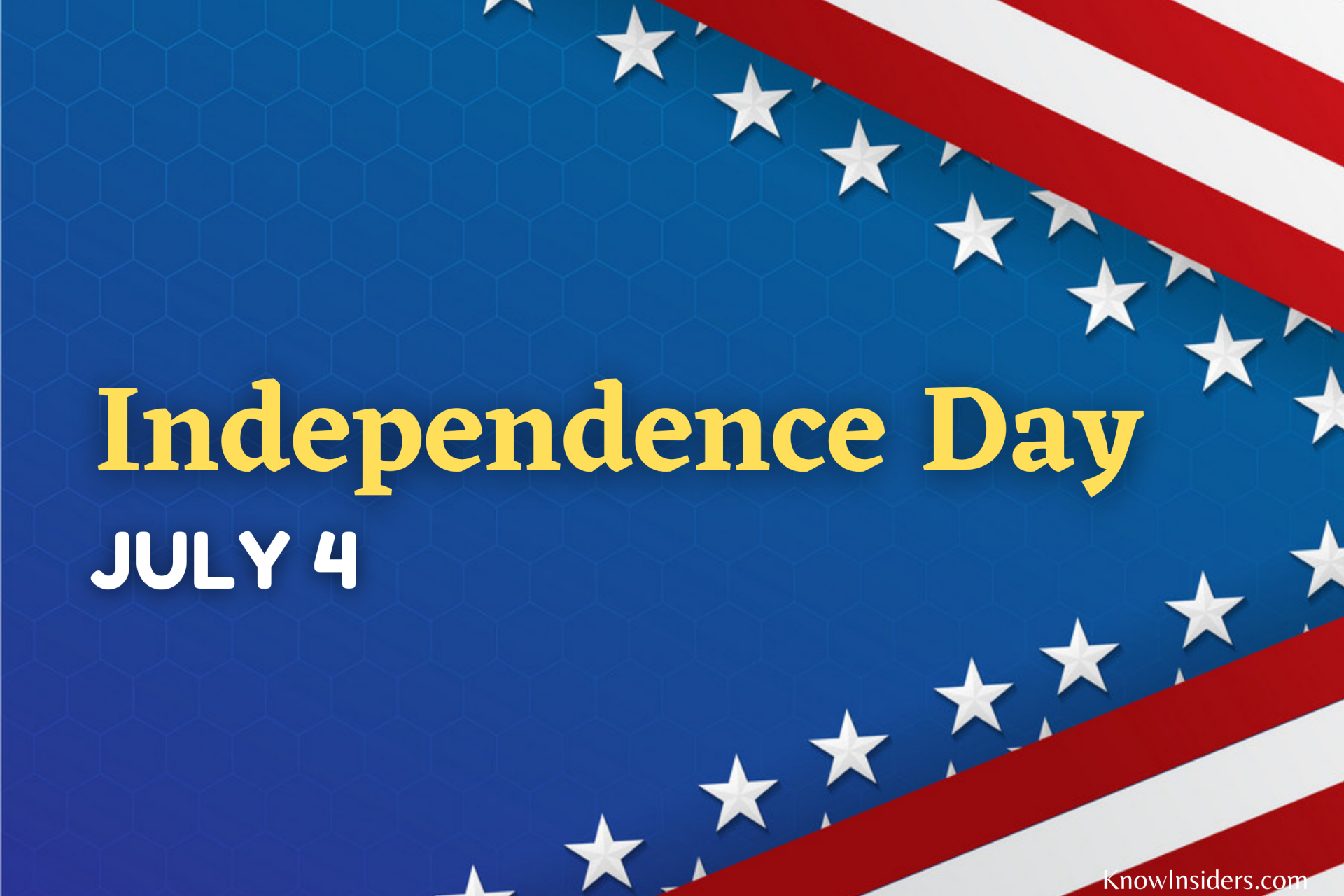 |
Independence Day is a federal holiday in the United States that is celebrated every year on July 4. People often just call the day by its date, like "4th of July" or "Fourth of July."
Independence Day is a celebration of the day that the Declaration of Independence from Great Britain came out, which was July 4, 1776. It's the United States' National Day, and people usually celebrate with speeches, parades, parties, get-togethers, and, most famously, huge fireworks shows.
On this important day, let's remember the good old days!
INDEPENDENCE DAY TIMELINE
+ 1763–1773: A Taxing Time
Britain’s King George III subjects colonial America to harsh taxes and laws, which benefits the Crown, not the colonists.
+ 1765: Stamp Act
British Parliament's so-called Stamp Act taxes the colonists on any piece of printed paper including newspapers, legal documents, ships’ papers, and even playing cards.
+ 1770: Shots Heard
British soldiers fire shots that kill 47-year-old Crispus Attucks, the first American and black man to die along with three other colonists in the Boston Massacre.
+ 1773: Boston Tea Party
Disguised colonists take over a British ship and dump all the British tea overboard to avoid paying the taxes for it.
+ July 4, 1776: Declaration of Independence
After spending two days on revisions, the Continental Congress approves the historical document's final wording.
+ 1941: Declaration of a Holiday
Independence Day becomes a federal holiday.
+ 1950: Establishing Independence Day Traditions
Barbecues, parades, flag-raising ceremonies, and fireworks become the norm on Independence Day.
+ 1976: Bicentennial
Americans celebrate the country's 200th birthday — the U.S. Mint issues a special Bicentennial quarter — with new designs featuring all 50 states.
THE DECLARATION OF INDEPENDENCE WAS NOT OFFICIALLY SIGNED ON JULY 4
The first shots were fired between colonists and British troops on April 19, 1775, during the Battles of Lexington and Concord (Mass.). This was the start of the American Revolution. Even after these first wars, things kept getting worse between Britain and her American colonies.
In the end, on July 2, 1776, the Second Continental Congress voted to break away from Britain. The next day, on July 4, Congress approved the final draft of the Declaration of Independence. Thomas Jefferson had written it, and John Adams and Benjamin Franklin had edited it.
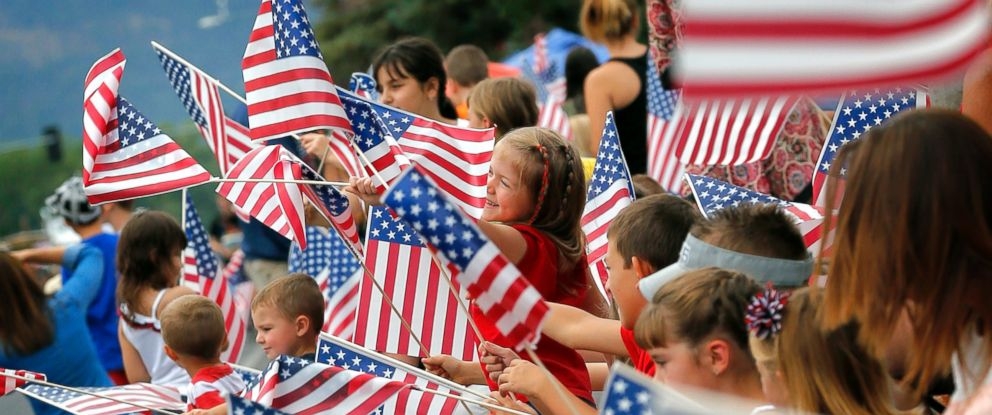 |
| Photo: ABC News |
On July 8, the Declaration of Independence was read in public for the first time at the Pennsylvania State House, which is now called Independence Hall. Later that same day, readings were also done in Easton, Pennsylvania, and Trenton, New Jersey.
There are about 200 copies of the Declaration made by printer John Dunlap. The date put on each copy is July 4. These were sent all over the 13 colonies and were called "Dunlap Broadsides."
The Declaration of Independence wasn't signed, though, until August 2, 1776. The first of 56 delegates to sign this bigger version was John Hancock, who was president of the Congress. He wrote his name in big, bold letters.
After being signed by delegates from the Continental Congress on August 4, 1776, the Declaration of Independence became law.
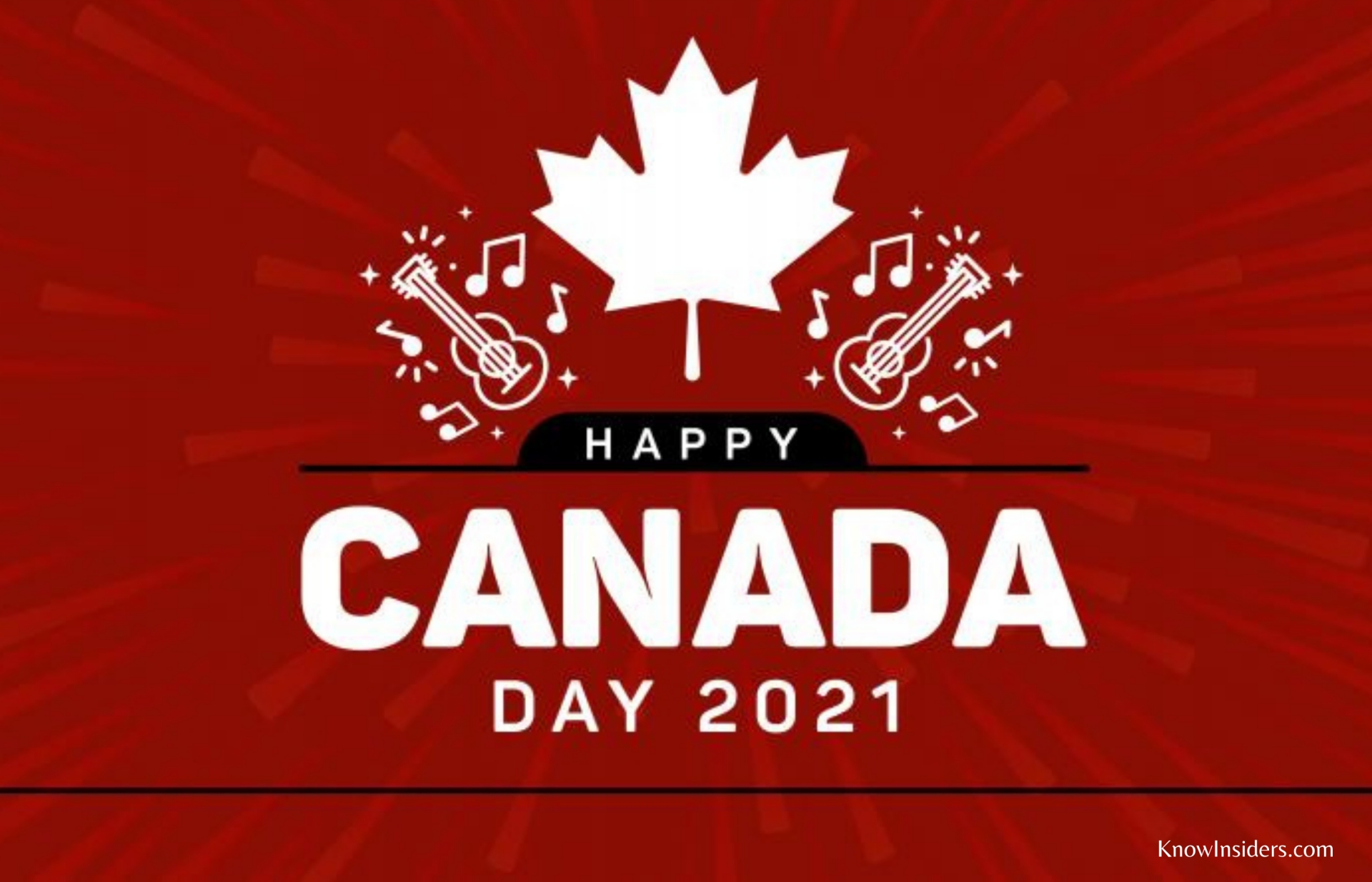 Canada Day (July 1): History, Significance, Celebrations and Facts Canada Day (July 1): History, Significance, Celebrations and Facts |
HOW DID OUR FOUNDERS ENVISION INDEPENDENCE DAY CELEBRATIONS?
John Adams thought that July 2 was the real day that Americans declared their independence.
He thought the party would be fun with games, fireworks, and games. He didn't think it would be a time to show off military strength, as you might think. He wrote these words to his wife Abigail on July 3, 1776, that really show how he felt at the time:
"Yesterday, the biggest question that was being debated in America was answered. Perhaps a bigger question has never been or will ever be answered by men." "That these united colonies are, and of right ought to be, free and independent states, and as such, they have, and of right ought to have full power to make war, end peace, establish commerce, and to do all the other acts and things that other states might rightfully do..." was passed without a single dissenting colony.
July 2, 1776, will go down in American history as the most important day ever. I think that future generations will remember it as the big anniversary festival... It should be celebrated with pomp and circumstance, shows, games, sports, guns, bells, bonfires, and lights from one end of this continent to the other from now on.
| On July 18, 1777, the Virginia Gazette wrote about the July 4 celebration in Philadelphia:“The evening was closed with the ringing of bells, and at night there was a grand exhibition of fireworks, which began and concluded with thirteen rockets on the commons, and the city was beautifully illuminated. Everything was conducted with the greatest order and decorum, and the face of joy and gladness was universal.” |
It was very different for its time that America celebrated freedom by focusing on the good things about being free. Since then, many other countries have tried to celebrate in the same way.
4TH OF JULY TRIVIAAs we celebrate with fireworks, let's not forget the freedom that our founders promised the world more than two hundred years ago. You might not know these interesting things about the holiday: Q. Why is the name “John Hancock” synonymous with “your signature”? Hancock's big signature on the Declaration of Independence was much bigger than the other signers'. The story goes that Hancock wanted the king of England to be able to see the rebellious signature without having to put on his glasses. Q. When did America actually declare independence? The Congress decided on July 2, 1776, that the country should be free. On July 4, two days later, Congress agreed to accept Jefferson's declaration. John Adams did think that July 2 should be Independence Day, though. Q. How many people signed the Declaration of Independence on July 4? Only two men signed the Declaration of Independence on July 4, 1776—John Hancock, president of the Congress, and Charles Thompson, secretary of the Congress. Q. On what day did most people sign the Declaration of Independence? August 2, 1776. Q. When did Independence Day become a national holiday? The Fourth of July was not declared a federal holiday until 1938! Q. Is anything written on the back of the Declaration of Independence? Of course, but not a treasure map like in a certain movie! On the back of the Declaration of Independence, it says "Original Declaration of Independence dated 4th July 1776" written backwards. Q. Where is the Declaration of Independence document today? The first draft that Thomas Jefferson wrote was lost, and the one that he signed is the one that is called "engrossed." Everyone can see it at the National Archives in Washington, D.C. It is known that John Dunlap printed 200 copies of the Declaration, but only 27 of them have been found. At a tag sale, one of these was found in the back of a picture frame. In 2000, it was sold at auction to TV producer Norman Lear for $8.14 million. For ten years, it was shown to the public all over the country. Q. Where was George Washington when the Declaration of Independence was written? He was in New York with his troops in July 1776. He got his copy of the Declaration on July 9 along with a note from John Hancock telling him to tell his soldiers about it. The men were so excited that they sped to the Bowling Green and broke the statue of King George III. Soon after, the British attacked the colonists, just as Washington had thought they would. This started the American Revolution. From 1775 to 1783, the colonists fought eight long, hard years to get freedom from Britain. He planned to retire and move back to Mount Vernon, Virginia, after the war. Instead, he was elected by all of the electors as the first president of the United States in 1789. He said yes because it was an honor and he felt a strong duty to his country. He left Mount Vernon on April 16 and got to New York City on April 30 in time for his inauguration. While he took the oath on the balcony of Federal Hall, the crowd cheered. Thomas Jefferson was secretary of state and Alexander Hamilton was secretary of the treasury in his first Cabinet. |
THE DECLARATION OF INDEPENDENCE
One of the most important books in U.S. history is the Declaration of Independence. It was an official thing that all 13 American colonies did to say they were free from British rule.
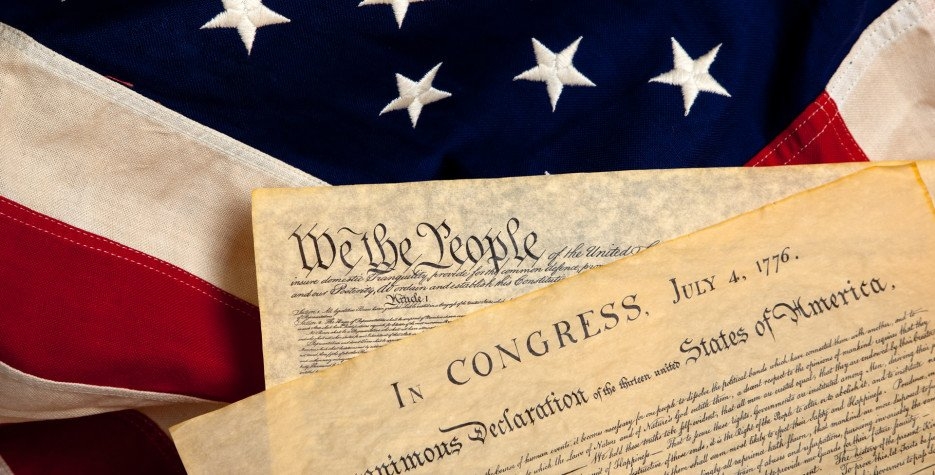 |
| Photo: Official Holidays |
Thomas Jefferson wrote the first draft of the document, but Benjamin Franklin, John Adams, and Jefferson all worked together to make changes. The final draft of the Declaration of Independence was approved on July 4, 1776, but it wasn't until August 2, 1776 that it was signed.
| "We hold these truths to be self-evident, that all men are created equal, that they are endowed by their Creator with certain unalienable Rights, that among these are Life, Liberty and the pursuit of Happiness. That to secure these rights, Governments are instituted among Men, deriving their just powers from the consent of the governed. That whenever any Form of Government becomes destructive of these ends, it is the Right of the People to alter or to abolish it, and to institute new Government, laying its foundation on such principles and organizing its powers in such form, as to them shall seem most likely to effect their Safety and Happiness." |
We invite you to refresh your memory as an annual tradition. Read a transcription of the complete text of the Declaration at www.archives.gov.
 Canada Day (July 1): History, Significance, Celebrations and Facts Canada Day (July 1): History, Significance, Celebrations and Facts Canada Day is a public holiday when Canadians across the country and around the world show their pride in their history, culture, and achievements! |
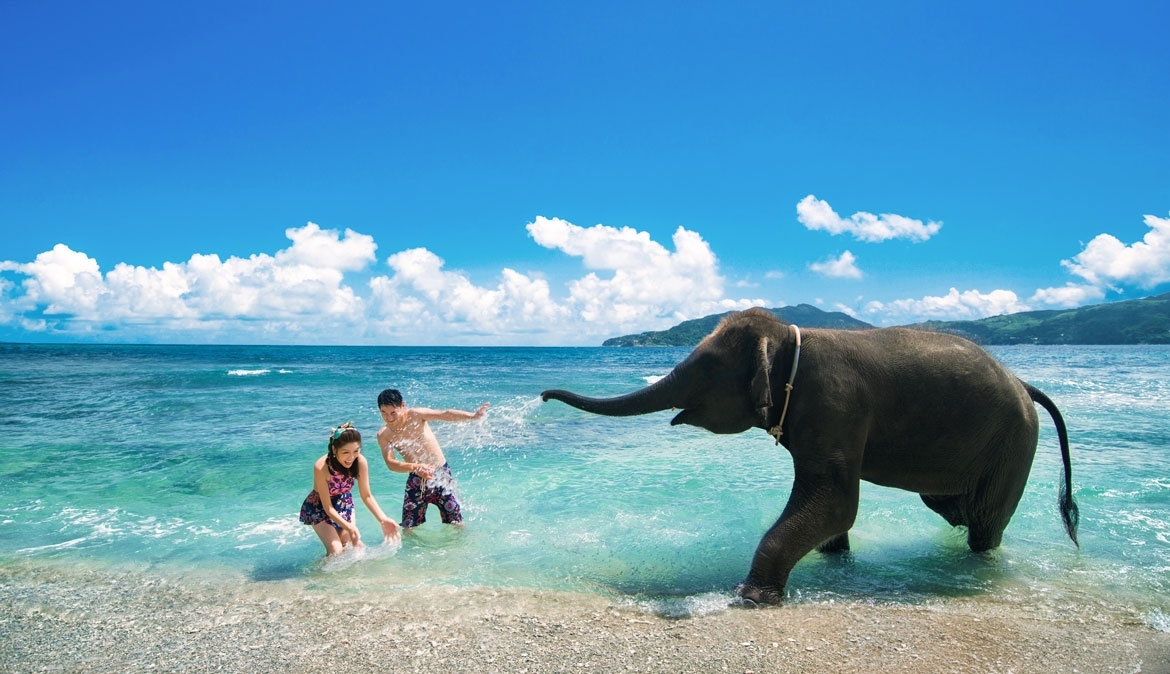 The Most Important Public Holidays in Thailand in 2024 The Most Important Public Holidays in Thailand in 2024 Check out the most important public holidays in Thailand in 2024. |
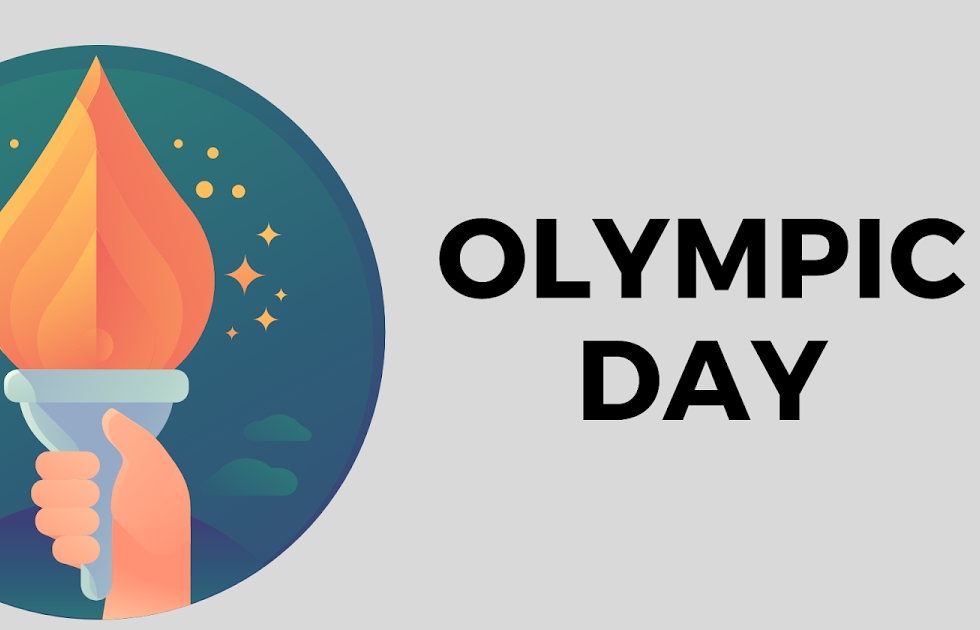 International Olympic Day (June 23): History, Significance, Theme and Celebrations International Olympic Day (June 23): History, Significance, Theme and Celebrations The International Olympic Day is celebrated on 23rd June every year to make people aware of the importance of games in life. Olympic Day is ... |

